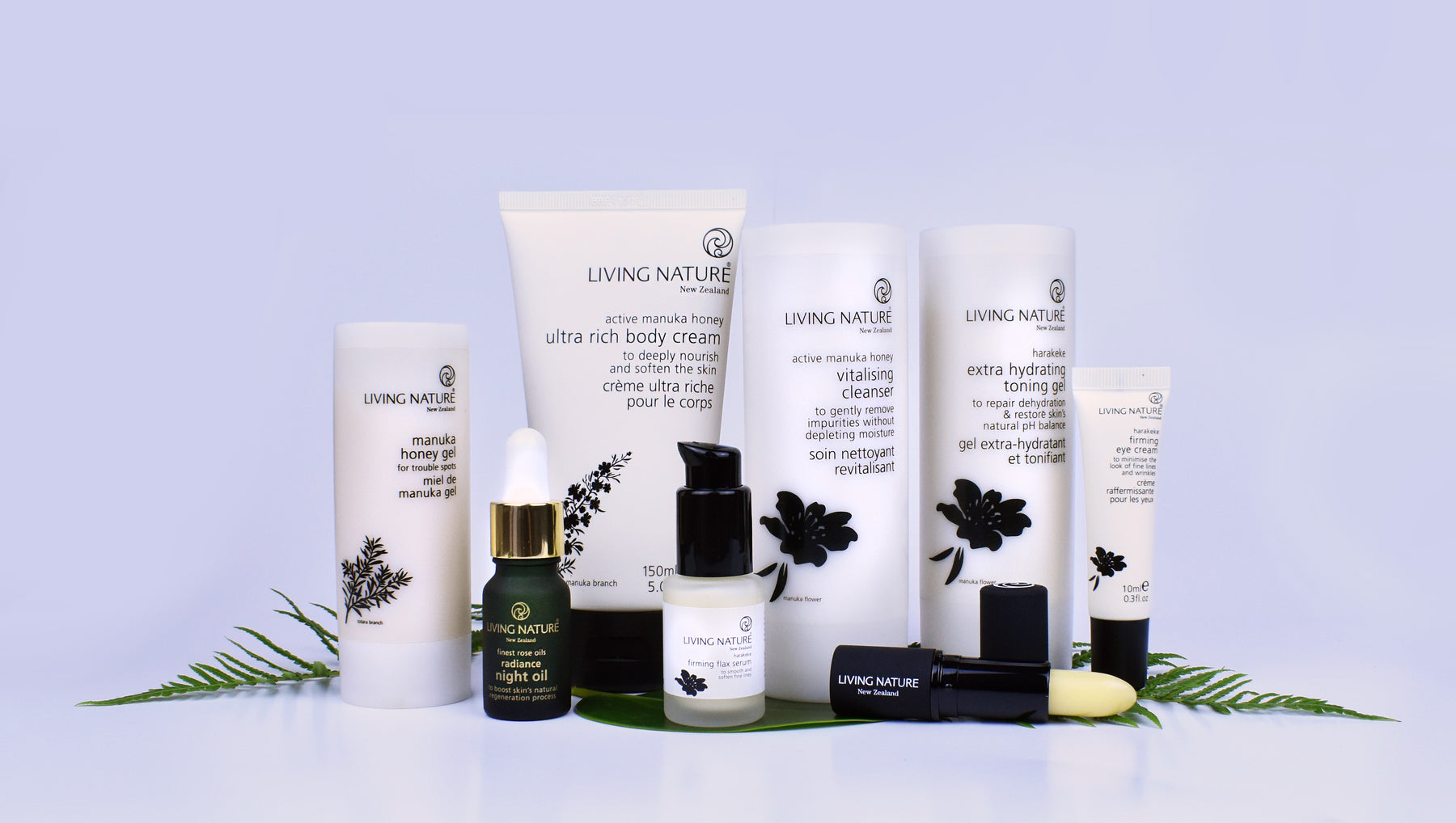
What Does Face Toner Do? We explain all here
Wondering what face toner actually does to your skin?
Keep on scrolling for all the tips and tricks to give you the low down!
What is face toner?
Face toner is important part of the daily skincare routine, toner is basically the in-between skincare step. So you would apply after washing the face but before applying your favourite daily moisturiser.
Historically toners are used as part of the cleansing and preparation stage which is particularly good at targeting the finer impurities and rebalancing the pH of the skin amongst other things.
What are the benefits of face toner?
It is recorded that toners help balance the pH of the skin post- cleansing, but it turns out that’s not THE only benefit of incorporating toner into your skincare routine.
It also…
Removes impurities – Toner with remove all traces of bacteria, dirt and make-up. Dermatologist Debra Jailman states “It also removes the dust, pollution, and impurities than could still be lingering after washing with a cleanser.
Protects skin – Toners work to close up any gaps in the skin cells, which will reduce the risk of impurities finding their way into the skin. This benefit will make pores appear smaller.
Improves efficacy of other products – Whilst toners will help exfoliate the skin this will help balance the pH level of the skin. It will also allow other skincare products to penetrate deeper into the skin.
It can prevent ingrown hairs – Containing glycolic acid or other alpha hydroxy acids which can help to prevent ingrown hairs.
Have we tempted you yet?
If you’ve been tempted you may be wondering how do I pick the right toner for my skin type- keep on scrolling to find the right toner for your skin type.
How to pick a face toner
When thinking about face toner it’s essential to start considering the type of toner you would prefer and most importantly making sure it’s correct for your skin type.
There are three main types of toners:
- Astringents – Containing the most amounts of alcohol and are often designed for oily or acne-prone skin.
- Hydrating toners – Which will soothe skin and often contain moisturizing glycerin.
- Mists – A blend of ingredients that can be used throughout the day as refreshers or like a traditional toner.
Sensitive Skin
When picking a toner for sensitive skin it’s best to pick a toner that contains all-natural ingredients, such a rose water, chamomile, or aloe vera.
Oily / Acne – Prone Skin
Those prone to breakouts, turning to a oil-free toner will help reduce the risk of breakouts. Tea tree and astringent toners are a always recommend for those who suffer with oily/acne prone skin.
Dry Skin
To keep dry skin looking fresh, plump and hydrated. It is best to look out for toners that include hyaluronic acid, cucumber extracts, vitamin E or glycerin. Adding a toner to skin can also reduce flakiness.
Normal / Combination Skin
For normal / combination skin we recommend going for an everyday toner. This will help balance your skin’s pH and remove any impurities on the skin.
How to use face toner?
If you’re not sure where to start when it comes to using face toner, good news it’s super easy to use. Face toners should be used immediately after you have cleansed the face, but before you apply any oils, moisturiser, or sun cream. This will help to further cleanse the face by removing dead skin cells and its beneficial properties, such as balancing out the pH levels of the skin which will work towards keeping the skin happy and healthy.
Here’s how:
- Thoroughly wash the face with cool running water
- Pat the skin dry with a clean dry flannel
- Pick your desired toner and apply it to either a cotton pad or to Mama Design reusable make up pads.To apply, moisten the cotton pads with a few drops of the toner so that it is damp, but
- Avoid applying to the sensitive areas such as the lips and eyes. Be sure to apply to the lower parts of the face towards the neck.
Allow the toner to fully absorb into the skin, and then continue with the rest of your normal skincare routine.
When should you apply toner in your routine?
Toner is best to be used as your first step after cleansing, this will help to get rid of any residual impurities which can leave the skin refreshed and perfectly prepped for your subsequent skincare routine. All creams, serums, and other treatments applied post- toning will penetrate deeper in order to reach its full potential.
What are the benefits of face toner?
It is recorded that toners help balance the pH of the skin post- cleansing, but it turns out that’s not the only benefit.
Removes impurities – Toner removes all traces of bacteria, dirt and make-up. Dermatologist Debra Jailman “It also removes the dust, pollution, and impurities than could still be lingering after washing with a cleanser.
Protects skin – Toners work to close up any gaps in the skin cells, which will reduce the risk of impurities finding their way into the skin. This benefit will make pores appear smaller.
Improves efficacy of other products – Whilst toners help to exfoliate which helps balance the pH level of the skin, which will even help other skincare products to penetrate deeper into the skin.
It can prevent ingrown hairs – Toners containing glycolic acid or other alpha hydroxy acids can help to prevent ingrown hairs.
Is face toner suitable for all skin types?
As with all new skincare products, it is best to keep mindful when adding a new product into your morning and / or evening make up routine.
It’s always best to ensure that the toner is not overly drying or irritating to the skin.
When it comes to applying toner to the sensitive areas of the face (near the eyes, mouth or mouth) be wary of not applying to much product as this can cause unwanted irritation.








Leave a comment